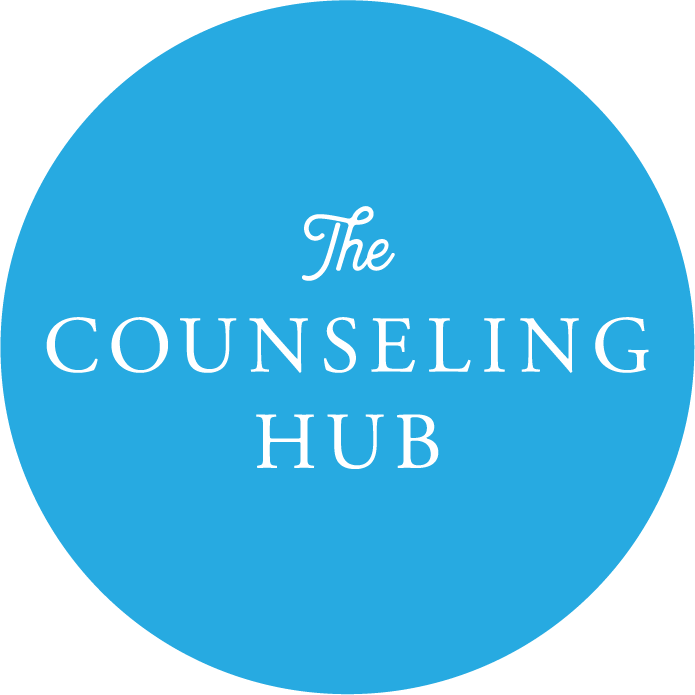Let’s Get Real about Youth Suicide
Homework. The latest TikTok trend. Do my friends like me? These are just a few of the thoughts we expect to occupy most young people’s minds today. However, according to the CDC about 20% of high school students are having thoughts about suicide and about 9% reported an actual attempt. These number allegedly increase depending on various factors. 30% of young girls surveyed said they had thoughts of suicide. Rates for suicide attempts in Black youth have increased in the last decade. LGBTQIA+ youth are also at higher risk for suicide. With all this scary information, where do we go from here? There is research that is still being done, especially for black youth, whose rates for suicide have historically been lower. In the meantime, what can caregivers, teachers, and adults do for these young people?
Know the risks
In the mental health field we talk about risk factors and protective factors for suicide for suicide. This can be a helpful starting place as you are thinking about this. Risk factors according to the National Alliance on Mental Health (NAMI) include:
Prior suicide attempts
Family history of attempts
History of mental health conditions such as severe depression, anxiety disorders, and psychotic disorders
Substance abuse
Repeated impulsivity and aggressiveness
Serious issues within the family
Break ups or major relationship losses
Access to means of self-harm (unsecured firearms, prescription medications, poisons)
Social withdraw/isolation
Protective factors include:
Strong social/family connections and supports
Access to quality mental health care
Effective coping strategies and problem solving skills
Lack of access to means of self-harm (unsecured firearms, prescription medications, poisons)
Have a conversation
There has been a myth floating about that if you talk about suicide it will put these thoughts in the person’s mind, this is not true. Starting a conversation is the best way to know where the young person’s thoughts are. It can definitely be an intimidating conversation, start with genuine curiosity. Sometimes when we are scared that can show as anger. Do the best you can to keep your own emotions regulated. Starting with “Have you had thoughts about hurting yourself?”, depending on the answer move on from there. If the answer is “Yes,” be curious about the specifics of the thoughts. Sometimes these thoughts may come out in a joking manner, take them seriously and use those moments to have a conversation about suicide and self -harm. If you are worried about how to have the conversation NAMI has a few conversation starters for people in distress.
Understand what suicidal ideation sounds like
In Taylor Swift’s Song Is it Over Now? she has a line “I think of jumping off a very tall something’s, just to see you come running…” Now while we could argue the intent and meaning of this line, if a young person in your life is saying they are considering harming themselves, even if for attention, take it seriously. Suicidal ideation may not come out as I am going to kill myself. It can also be “I want to go to sleep and never wake up”, “Sometimes I think the world would be better if I wasn’t around.”
Involve a professional
If you have started the conversation or maybe you’ve heard them say some of the above statements contact a therapist. Contacting your doctor can help you find a good referral, a quick google for therapists near you can also help. If they are having urges in that moment you can call or text 988 the crisis & suicide hotline. If they are in immediate danger, take them to the ER.
ABOUT THE AUTHOR
Alexa Robinson, MA, LPC
Alexa Robinson (she/her)
Alexa received her Master of Arts in Human Development Counseling from the University of Illinois Springfield.
She is interested in working with everyone from teens to adults dealing with anxiety, depression, or general life adjustment issues.
Address
The Counseling Hub, LLC
2701 W Edgewood Dr, Ste 106
Jefferson City, MO 65109
Contact Information
p | (573) 410-1012
f | (573) 313-3528
e | contact@thecounselinghub.com
Hours
Admin/Ops Team | Monday - Friday: 10a - 3p
*Clinical hours are by appointment only, Sunday - Friday
We have both clinical hours, or the times when our clinical team sees clients, and admin hours, or the times when our admin team is available via call or email.


